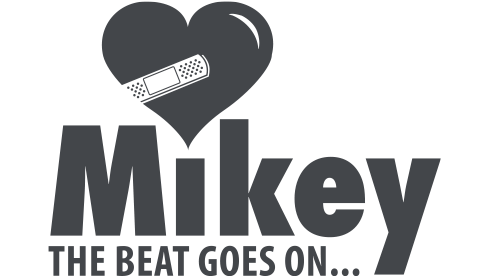
When you hear different types of heart-health words, some of them you may be unaware of and some may be confusing to understand. This is why we have put together a list of key-words just for you here:
- AED: Automatic External Defibrillator. A portable, user-friendly electronic device that automatically diagnoses potentially life-threatening heart rhythms and, if necessary, permits a shock to be delivered to restore a normal heart rhythm. Also known as simply a defibrillator.
2. Brugada Syndrome: A hereditary disease that is associated with a high risk of arrhythmia causing sudden cardiac arrest.
3. Cardioversion: Delivery of a shock to the heart to interrupt arrhythmias. Paddles on the chest or electrodes placed directly on the heart are used.
4. Dyspnea: Shortness of breath; occurs normally during intense physical exertion or at high altitude.
5. Long QT Syndrome: An inherited heart condition in which a delayed action in the heart following a heartbeat forms an irregular heartbeat. These episodes may lead to palpitations, fainting and sudden death due to ventricular fibrillation.
For more heart-health words, check them out here










